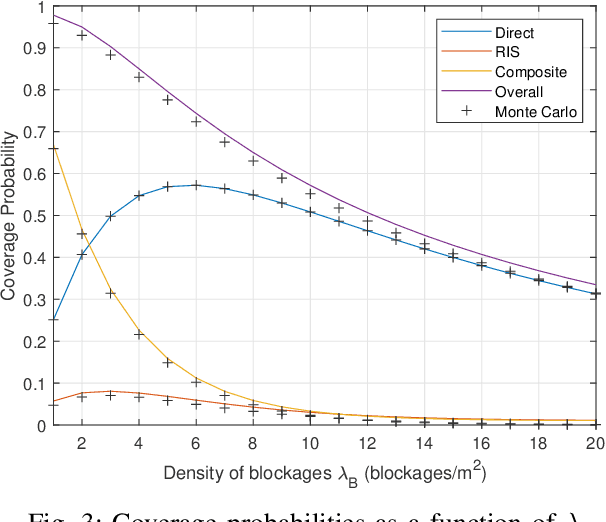On the Downlink Coverage Performance of RIS-Assisted THz Networks
Paper and Code
Feb 05, 2023



This letter provides a stochastic geometry (SG)-based coverage probability (CP) analysis of an indoor terahertz (THz) downlink assisted by a single reconfigurable intelligent surface (RIS) panel. Specifically, multiple access points (AP) deployed on the ceiling of a hall (each equipped with multiple antennas) need to serve multiple user equipment (UE) nodes. Due to presence of blockages, a typical UE may either get served via a direct link, the RIS, or both links (the composite link). The locations of the APs and blockages are modelled as a Poisson point process (PPP) and SG framework is utilized to compute the CP, at a reference UE for all the three scenarios. Monte-Carlo simulation results validate our theoretical analysis.
 Add to Chrome
Add to Chrome Add to Firefox
Add to Firefox Add to Edge
Add to Edge